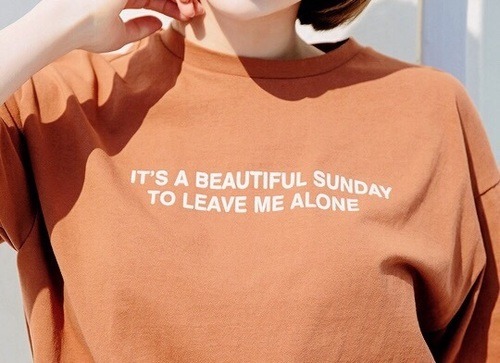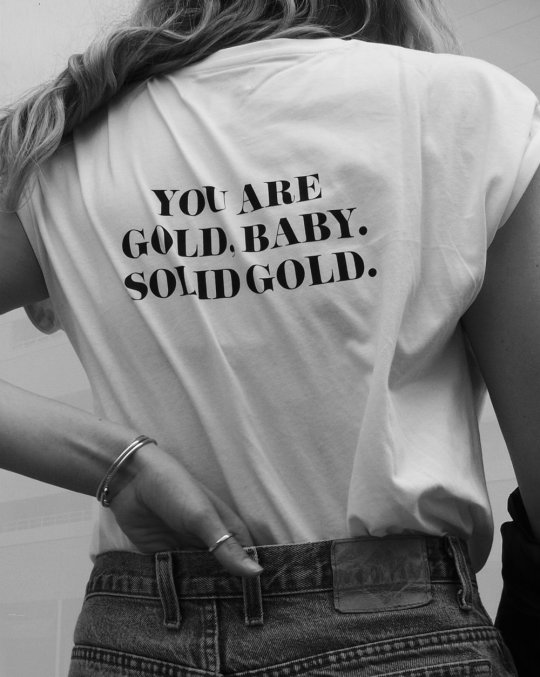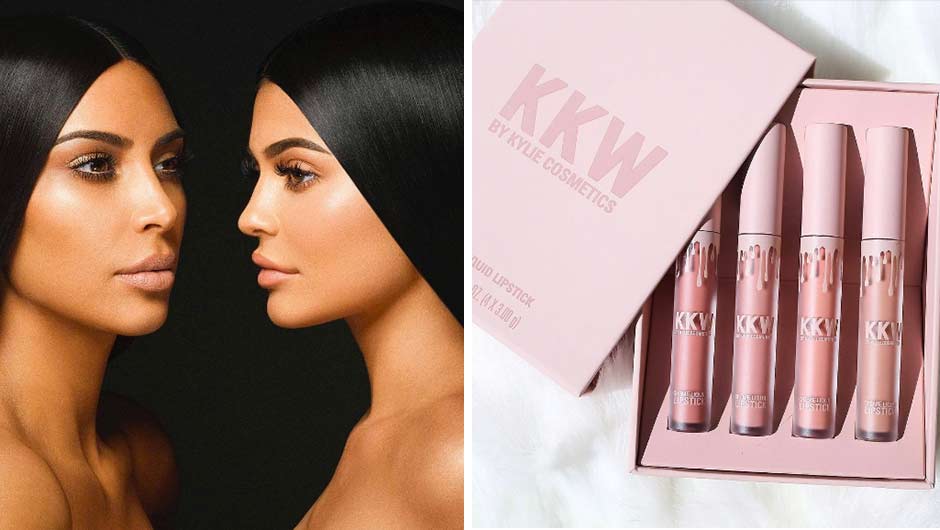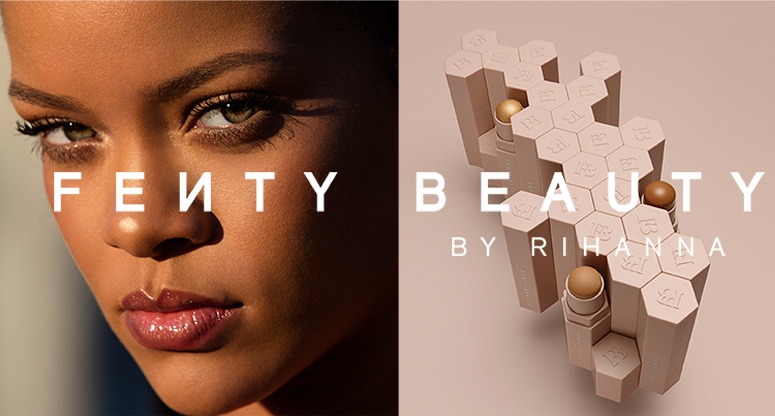I recently re-watched the 1998 film The Truman Show, in which a man’s life is unknowingly filmed and broadcast to the world with no interruptions. His entire life is built around this show – his town is just a large set, his wife and friends are actors, and, of course, the items he uses are paid product placements. The premise of the film itself raises questions about what constitutes art, and those questions can be turned to current reality TV and its celebrities. The television show that the film is about airs without commercials, so its only revenue comes from scenes like the following, where characters suggest that Truman try a mundane project that is sure to be better than what he had before.
In this clip (up to 0:40), we see a point where the show could be meaningful art – Truman attempts to have a serious conversation with his wife, something that is real to him, and this substance could help viewers reevaluate their own lives, consider new perspectives, have the difficult conversations the’re dreading because if Truman can do it, anyone can. But this potential is undermined by the wife’s refusal to approach this conversation – she is only an actress, unwilling to discuss her show marriage with any seriousness – so she does what she does best, point a product label at the camera and say a slogan with as much conviction as she can muster.
I do think art can be effectively used in advertising, lending beauty to a price tag, but it is common to a failure at this, with advertising and cheap attempts at making money getting in the way of anything meaningful.














